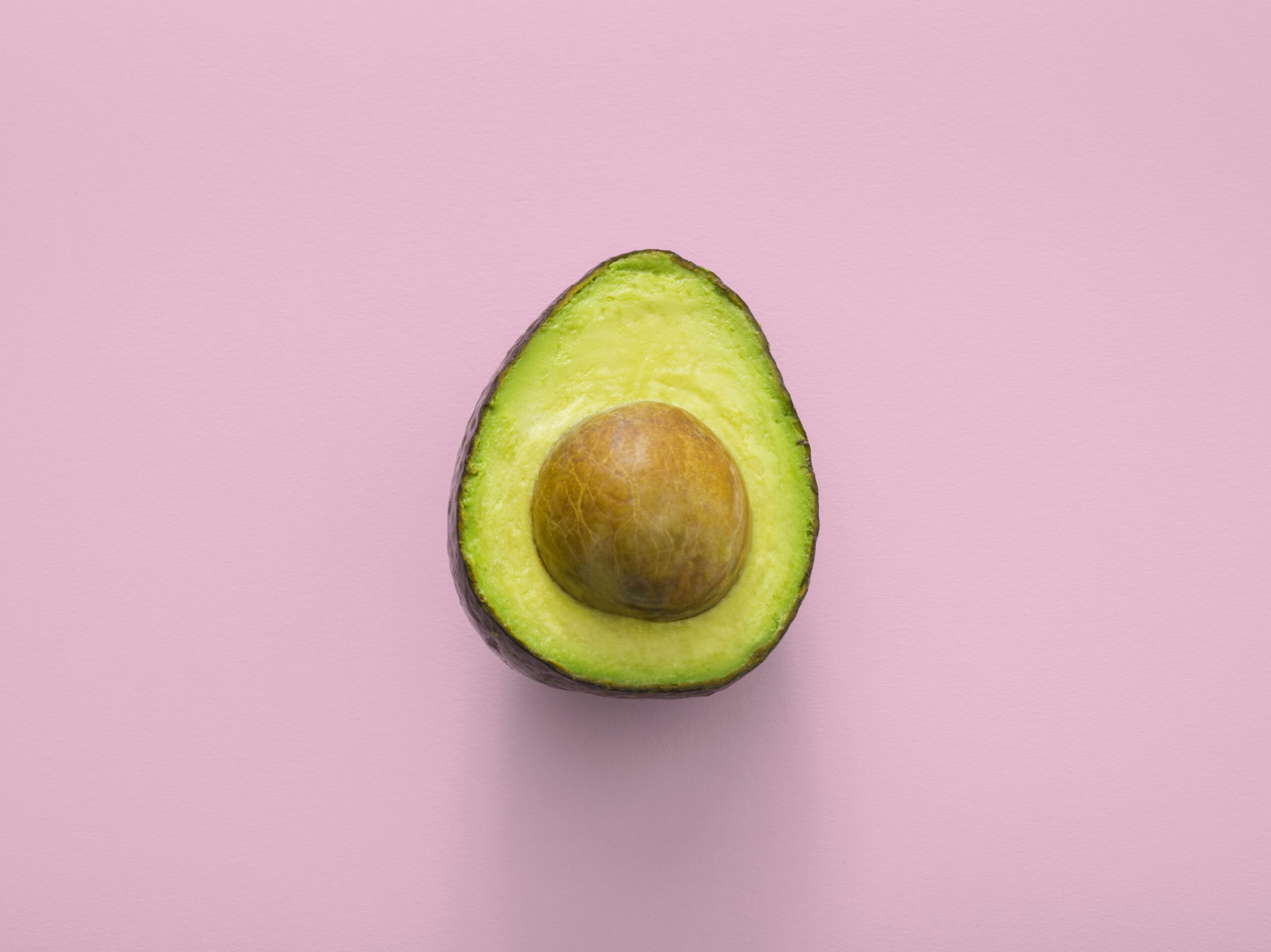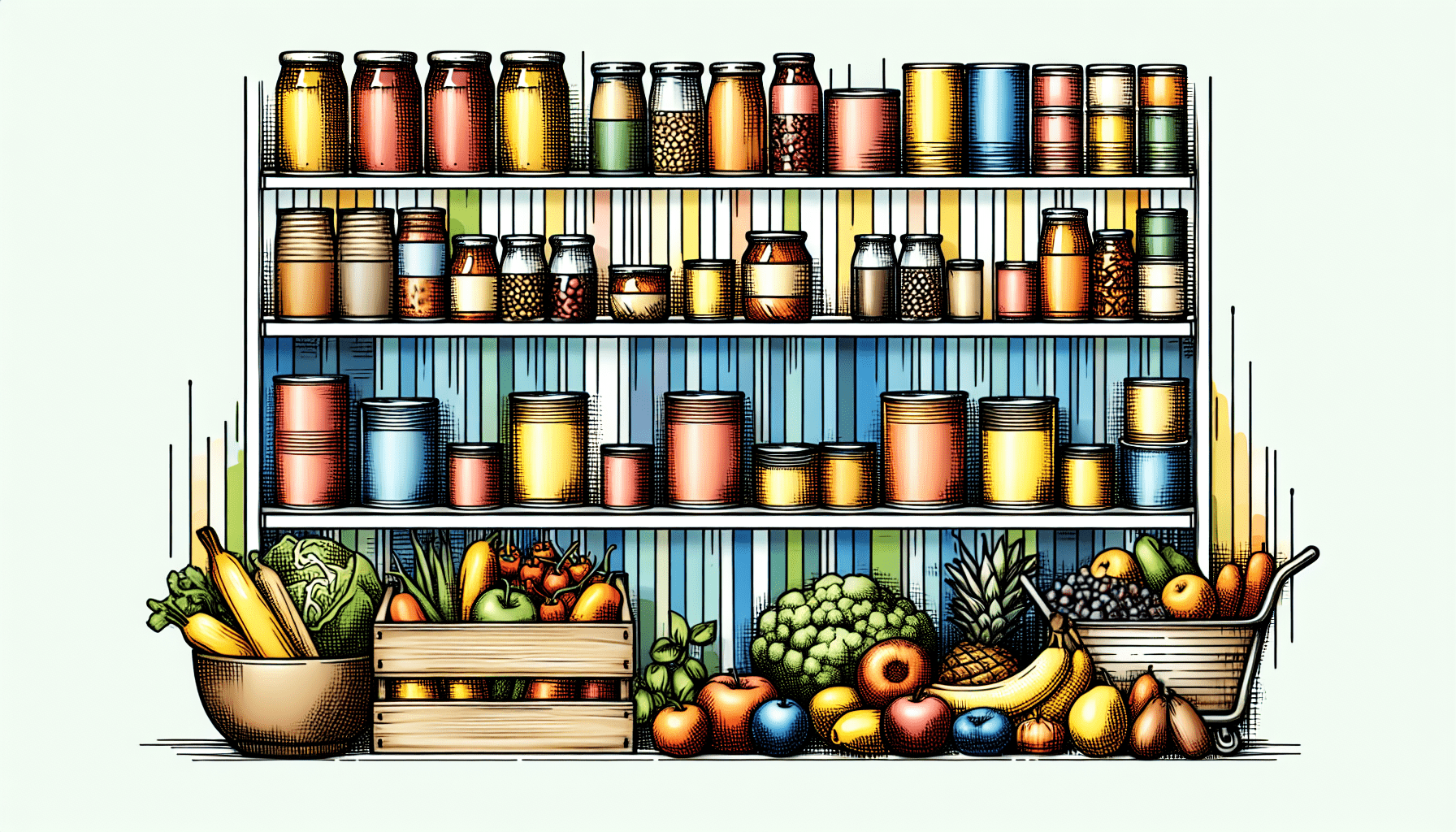Can I Use Regular Canned Food For An Emergency Food Supply?
Have you ever wondered if the canned food sitting in your pantry can be used for an emergency food supply? When considering preparedness for unexpected situations, one of the first things that might come to mind is ensuring you have enough food. And it’s quite common to think about using foods that are already familiar, such as canned goods. So, let’s explore whether regular canned food can serve effectively in an emergency food supply and what you need to know to make an informed decision.

Understanding Emergency Food Supply Needs
Before delving into whether regular canned food is suitable for emergencies, it’s crucial to understand what an emergency food supply entails. This isn’t just about having enough food; it’s about having the right kind of food that meets specific criteria.
Nutritional Requirements
In an emergency, maintaining your health and energy levels is crucial. Nutrient-rich food is key to this. You need an adequate balance of carbohydrates, proteins, fats, vitamins, and minerals to keep your body functioning well, especially under stressful conditions.
Shelf Life
Longevity is another critical factor. You need food that can be stored for extended periods without refrigeration and remain safe and nutritious to eat.
Ease of Preparation
In an emergency, resources like electricity and gas might be limited. Therefore, having food that requires minimal preparation and cooking is highly advantageous.
Storage Space
Lastly, consider the space you have available for storing your emergency food supply. Canned food fits neatly in cabinets, but you’ll need to consider whether you have enough space to store everything you might need.
The Pros of Using Regular Canned Food
Canned food isn’t just convenient; it comes with a host of advantages that make it a strong candidate for an emergency food supply.
Long Shelf Life
Most canned foods have a shelf life ranging from 1 to 5 years or even more. Companies usually seal them in airtight containers, which helps to prevent spoilage. Be sure to check expiration dates and rotate your stock regularly to ensure everything remains fresh.
Nutritional Value
Canned foods have come a long way in terms of nutritional content. Many options are now fortified with additional nutrients, making them a more balanced option. For instance, canned beans and fish are excellent sources of protein.
Easy Storage
Canned foods are easy to stack and store, taking up minimal space compared to other food types. They are also relatively robust, reducing the risk of damage compared to perishable goods.
Ready-to-Eat Options
One of the significant benefits of canned food is that many options are ready to eat straight from the can. This is incredibly useful in emergencies where cooking might not be feasible.
Cost-Effective
Canned food is generally inexpensive and frequently goes on sale, making it a budget-friendly option for building an emergency food supply.
The Cons of Using Regular Canned Food
While there are many advantages to using canned food for emergencies, there are also some drawbacks that should be considered.
High Sodium Content
Many canned foods are high in sodium, which isn’t ideal when you need to control your intake, especially in stressful situations. High sodium levels can contribute to health issues like hypertension.
Possible Nutrient Loss
Although canned foods have preserved their nutritional value, some vitamins and minerals might degrade over time. It’s essential to pay attention to what you’re stocking to ensure a balanced diet.
Weight and Portability
Canned goods are heavier and less portable than dried or freeze-dried alternatives. This can be a downside if you need to evacuate or move your emergency food supply.
Bulkiness
Although they stack well, canned foods can be bulky, particularly if you’re storing a substantial amount. Planning your storage space is crucial.
Types of Canned Foods Suitable for Emergencies
Now that you understand the pros and cons, let’s delve into specific canned foods that can be particularly useful in an emergency supply.
Proteins
-
Canned Fish (Tuna, Salmon, Sardines)
- Rich in Omega-3 fatty acids and protein
-
Canned Chicken
- Versatile and can be added to many dishes
-
Canned Beans
- Excellent source of both protein and fiber
Vegetables
-
Canned Tomatoes
- Basis for many recipes and good source of vitamins
-
Canned Green Beans, Carrots, and Peas
- Provide essential micronutrients
Fruits
- Canned Pineapple, Peaches, and Pears
- Offers necessary vitamins and a bit of natural sweetness
Ready-to-Eat Meals
- Chili, Stews, and Soups
- Nutritionally balanced, often including proteins and vegetables
Dairy Alternatives
-
Evaporated Milk
- Can be used in various recipes and for drinking
-
Canned Cheese and Butter
- Useful for cooking and adding flavor

Storing Canned Foods for Emergencies
How you store your canned food is almost as important as what you store. Here are some best practices to keep in mind.
Keep Them Cool
Store canned goods in a cool, dark place to extend their shelf life. Extreme temperatures, either hot or cold, can compromise the integrity of the can and the safety of the food inside. Aim for a temperature range between 50°F and 70°F.
Avoid Dampness
Moisture can lead to rust, which can deteriorate the can and potentially allow bacteria to infiltrate. Keep canned foods in a dry location.
Rotate Your Stock
Implement a “first in, first out” system. When you buy new canned foods, place them behind older cans. This ensures you’re using cans before they expire.
Check Expiration Dates
Regularly check the expiration dates and condition of your cans. Look out for any signs of damage, rust, or bulging, which can indicate spoilage.
Use Shelves
Shelves can help you organize your canned foods and make them easier to access. Consider using sturdy shelves to support the weight.
How to Use Canned Food in an Emergency
Knowing how to incorporate canned foods into your diet during an emergency can make a substantial difference in your experience.
Meal Planning
Pre-plan simple meals that can be easily put together using your canned food supply. Create recipes that consider minimal cooking resources and limited ingredients.
Stay Hydrated
Some canned foods, especially fruits in syrup, can contribute to your daily hydration. Be mindful of your water intake and use the liquids from canned foods when appropriate.
Mind the Salt
Given the high sodium content in many canned products, balance them with low-sodium options when possible. Rinse vegetables and beans to reduce sodium.
Diversify Your Diet
Don’t stick to just one type of food. Ensure a variety of proteins, vegetables, and fruits to get a range of nutrients.
Maintain Hygiene
Even in an emergency, keeping your utensils and food preparation area clean is crucial to avoid illness. If water is scarce, use disinfecting wipes or alcohol-based hand sanitizers.

Alternative Emergency Food Options
While canned foods are a practical option, other types of emergency foods can complement your supply, offering additional benefits.
| Type | Pros | Cons |
|---|---|---|
| Freeze-Dried | Lightweight, long shelf life | Expensive, requires water to rehydrate |
| Dehydrated | Long shelf life, retains nutrients | Requires water, can be expensive |
| MREs (Meals Ready to Eat) | Complete meals, long shelf life | Bulky, very expensive |
| Vacuum-Sealed | Space-efficient, various options available | Can be fragile, some need refrigeration |
Freeze-Dried Foods
These are extremely lightweight and have an impressively long shelf life, often 10 years or more. However, they generally require water to rehydrate, which could be a limitation.
Dehydrated Foods
Similar to freeze-dried foods but usually less expensive and equally nutrient-rich. They too require water for preparation.
MREs (Meals Ready to Eat)
Originally designed for military use, MREs are complete meals that can last for years. They are convenient but tend to be bulkier and costlier.
Vacuum-Sealed Foods
Dried fruits, nuts, and some meats can be vacuum-sealed for long-term storage. They are space-efficient but might need refrigeration once opened.
Creating a Comprehensive Emergency Food Supply Plan
To build a well-rounded emergency food supply, consider integrating multiple types of food storage options. Here’s a step-by-step guide to help you get started.
Assess Your Needs
Determine how many people you’re preparing for and any special dietary needs. Also, decide the duration for which you want to be prepared, such as a week, a month, or longer.
Make a List
List down the essential nutrients and food types you’d need to sustain your diet. Include proteins, carbohydrates, fats, vitamins, and minerals.
Budget Considerations
Factor in your budget constraints and look for sales or bulk purchasing options to save money.
Space Planning
Evaluate the storage space available to you and choose a mix of foods that will fit efficiently. Use shelves, bins, and other organizational tools to maximize space.
Regular Updates
Your emergency food supply isn’t set it and forget it. Regularly check expiration dates and rotate stock to ensure everything remains fresh. Update your plan based on any changes in dietary or family needs.

Conclusion
In summary, regular canned food can indeed be a valuable component of an emergency food supply. Its long shelf life, nutritional value, and ease of storage make it an excellent choice. However, be mindful of the drawbacks, such as high sodium content and bulkiness. By integrating canned food with other long-term storage options like freeze-dried and dehydrated foods, you can create a balanced and effective emergency food supply.
Remember, the goal is to be well-prepared, not just stocked up. Having a comprehensive plan will ensure you and your loved ones can manage any emergency with confidence and resilience.

